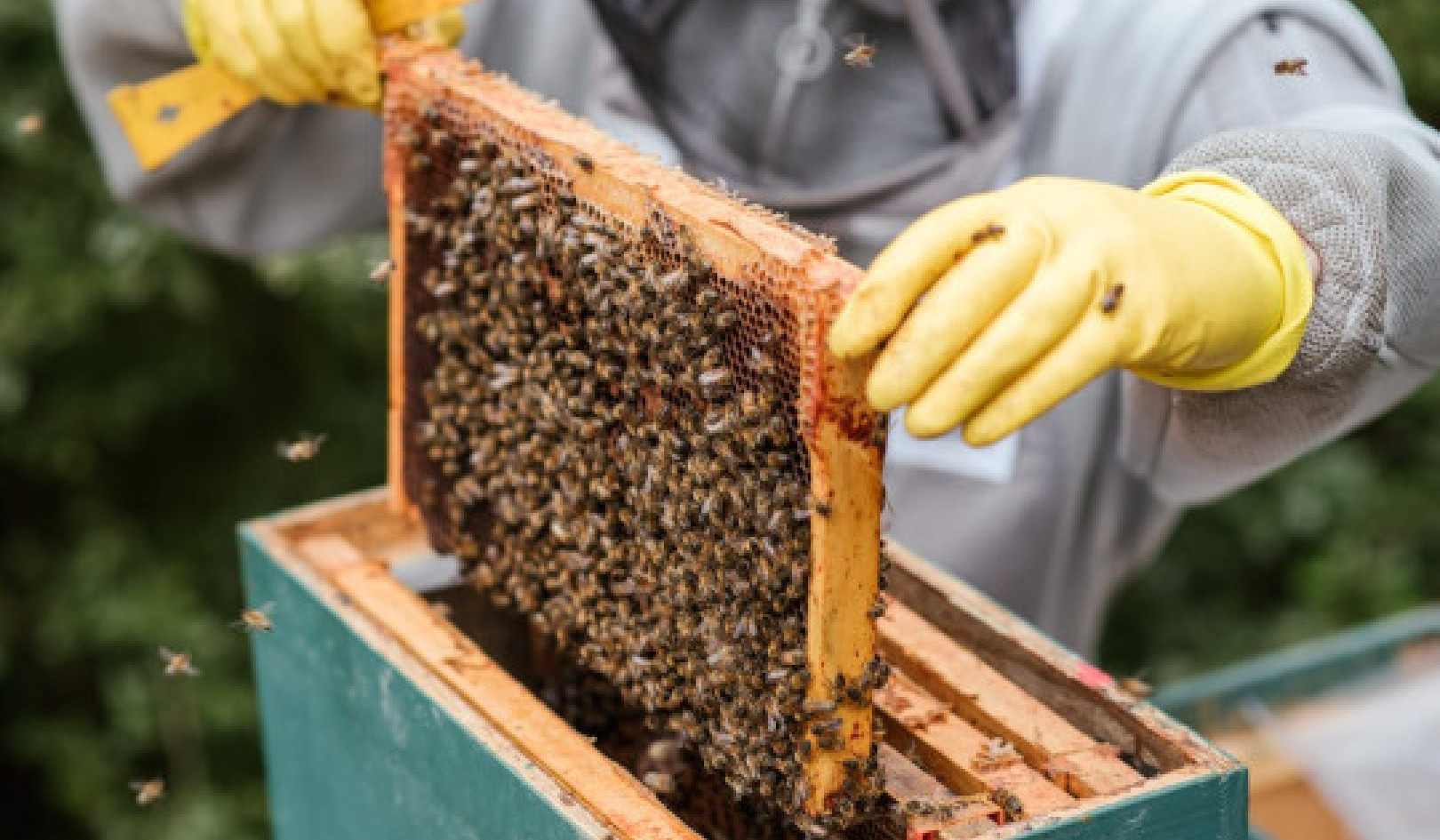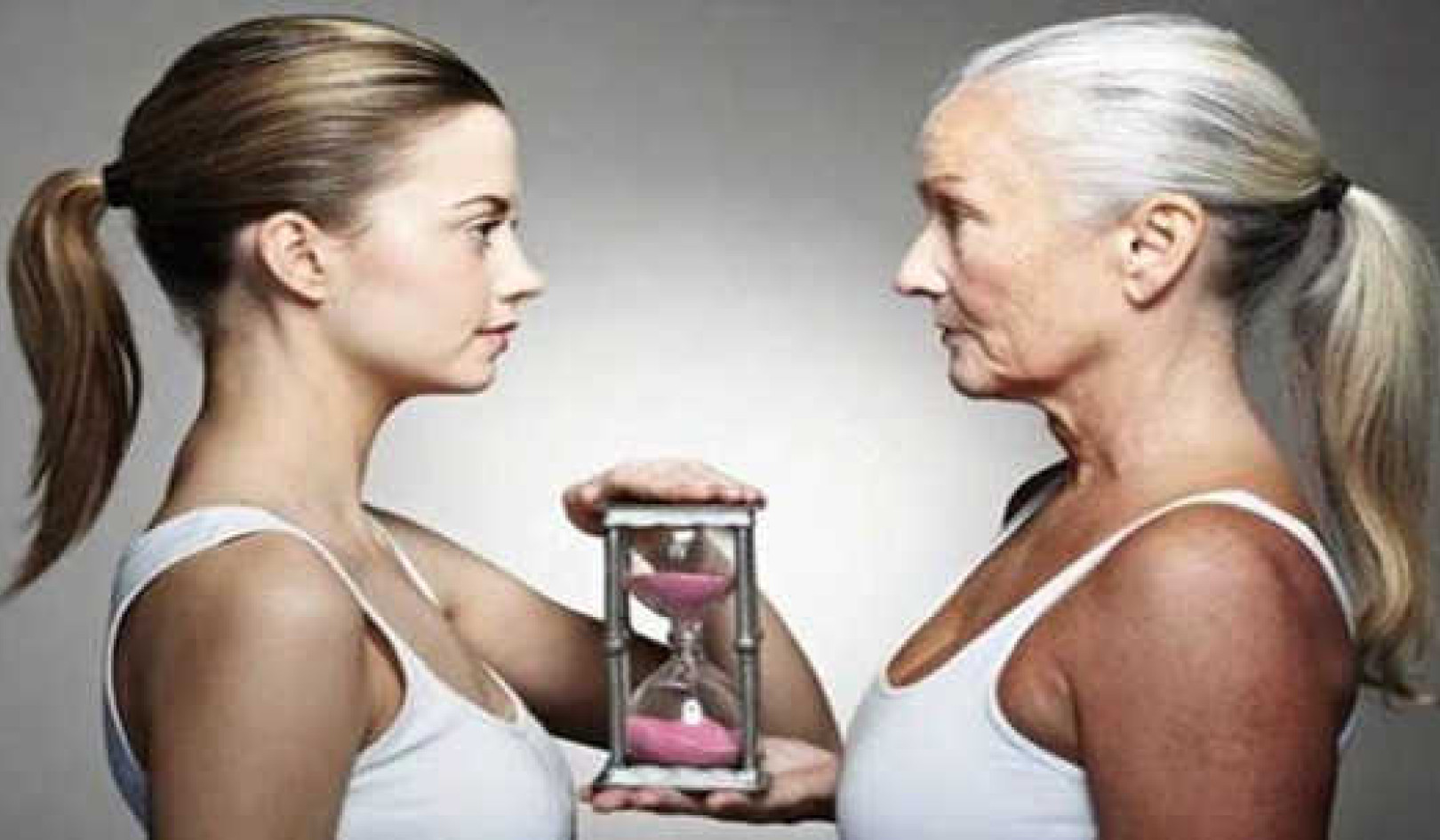Since the pandemic struck, most people have been spending the majority of their time in the house. Those working from home have become ever more reliant on electricity for running office essentials, including computers, printers, phones and broadband.
Others may be furloughed from work (or out of work entirely) and find themselves using domestic home appliances more heavily than usual. Hoovers, cookers, washing machines, kettles and televisions are constantly on and guzzling power. Whichever way you look at it, this adds up and contributes to both our carbon footprint and rising domestic energy bills.
Our new research project developed the Act4Eco learning platform. The aim of the platform is to help consumers use energy more efficiently and to save money. So here are five quick tips on how this can be achieved.
1. Reading the electricity bill
Not enough people understand all of the details on their electricity bill. For example, it is important to know if and when your tariff changes. In a fixed-rate deal the price you pay is locked for a set period. When you reach the end of this period, electricity charges can roll into a standard variable rate, which will be more expensive. Research shows that changing electricity suppliers on an annual basis is a good way to get the best deal.
{vembed Y=d15TWD2anUA}
2. Energy intensive appliances
Most people understand that the largest home appliances consume the greatest amount of electricity. The Energy Saving Trust, for example, estimates that electric cookers consume 317kWh and cost £46 per year to run. But many people don’t realise that smaller appliances can guzzle a disproportionate amount of energy – kettles consume 167kWh per year, for instance. That means people are spending 7.5p on electricity for every 10 minutes spent boiling the kettle.
Charging cables for the likes of phones and laptops can also continue to siphon electricity even after they have been disconnected from a device. Left idle in a plug socket, a charger can consume between 343kWh and 591kWh per year and cost £50 to £85 annually.
3. Home heating and thermostats
People tend to inherit heating systems after moving into a new home. Unfortunately, these systems are not always the most efficient, carbon-friendly or cost-effective. To tick all those boxes householders might want to consider switching to a modern air source heat pump.
These pumps looks like an air conditioning unit. They take heat from the air and boost it to a higher temperature using the heat pump. The electricity used to run the pump is less than the heat produced. An air source heat pump consumes 4,000kWh a year, while the average domestic gas heating system munches through 12,000kWh of energy per year. Based on average electricity prices of 14p per kWh it is the difference between £560 and £1,680 per year. A potential saving of £1,120.
 Turning down home heating by just 1? (less than 2 degrees F) can make a big difference to bills and energy usage. Shutterstock/OlivierLeMoal
Turning down home heating by just 1? (less than 2 degrees F) can make a big difference to bills and energy usage. Shutterstock/OlivierLeMoal
The downside is they can be expensive to install. The Energy Saving Trust estimates the cost of installing an air source heat pump ranges between £6,000 and £8,000.
But not everyone can afford to buy such a pricey item. Luckily, studies show that doing something as simple as turning down the thermostat from 20? to 18? [can save] as much as 3,090kWh a year. In fact, turning down a thermostat by just 1? can significantly cut your bill.
4. Draught-proofing
Now that we are coming into autumn, draughts will be on our minds and round our ankles. However, notwithstanding the advantages of insulating roofs and lofts or investing in external wall insulation, the initial outlay to improve home insulation can prove very expensive.
Fortunately, cheaper options exist. Foam, brush or wiper strips fixed around internal doors can cut draughts significantly and self-adhesive foam strips for windows can also reduce air pushing through the gaps. Doing this could save around £20 a year.
5. Make small changes and stick to them
Okay, so you’ve read your bill, checked your appliance use, reduced your thermostat settings and insulated against draughts. What next? Unfortunately, research shows that people tend to fall into repeating habits unless they make a conscious decision to change and sustain the effort.
People can make a much larger impact on their lives if they change one small habit at a time over the duration of a year. And studies show that these small changes can make a difference. The cumulative effect of our efforts could see a substantial reduction in our carbon footprint.
So for some, “going green” may seem unattainable right now due to economic concerns. But free and cheap actions that reduce our carbon footprint do exist and do make a difference – to our pockets and the planet.![]()
About the Authors
Wendy Rowan, Post-Doctoral Researcher, Business Information Systems, University College Cork; Laura Lynch, Research Support Officer, Project Manager, University College Cork, and Stephen McCarthy, Lecturer and researcher in the Department of Business Information Systems, University College Cork
This article is republished from The Conversation under a Creative Commons license. Read the original article.
Books on The Environment from Amazon's Best Sellers list
"Silent Spring"
by Rachel Carson
This classic book is a landmark in the history of environmentalism, drawing attention to the harmful effects of pesticides and their impact on the natural world. Carson's work helped to inspire the modern environmental movement and remains relevant today, as we continue to grapple with the challenges of environmental health.
Click for more info or to order
"The Uninhabitable Earth: Life After Warming"
by David Wallace-Wells
In this book, David Wallace-Wells offers a stark warning about the devastating effects of climate change and the urgent need to address this global crisis. The book draws on scientific research and real-world examples to provide a sobering look at the future we face if we fail to take action.
Click for more info or to order
"The Hidden Life of Trees: What They Feel, How They Communicate?Discoveries from A Secret World"
by Peter Wohlleben
In this book, Peter Wohlleben explores the fascinating world of trees and their role in the ecosystem. The book draws on scientific research and Wohlleben's own experiences as a forester to offer insights into the complex ways that trees interact with one another and the natural world.
Click for more info or to order
"Our House Is on Fire: Scenes of a Family and a Planet in Crisis"
by Greta Thunberg, Svante Thunberg, and Malena Ernman
In this book, climate activist Greta Thunberg and her family offer a personal account of their journey to raise awareness about the urgent need to address climate change. The book provides a powerful and moving account of the challenges we face and the need for action.
Click for more info or to order
"The Sixth Extinction: An Unnatural History"
by Elizabeth Kolbert
In this book, Elizabeth Kolbert explores the ongoing mass extinction of species caused by human activity, drawing on scientific research and real-world examples to provide a sobering look at the impact of human activity on the natural world. The book offers a compelling call to action to protect the diversity of life on Earth.
























